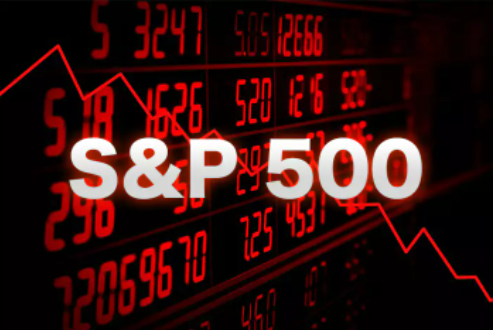
Skylar Shaw
May 13, 2022 11:00

The US Federal Reserve (and other central banks across the globe) are increasing interest rates and shrinking their balance sheets, which is the fundamental cause of the stock market's massive slump.
The Fed is doing this because US inflation remains persistently high, hovering around 40-year highs!
The US consumer price index, which measures changes in prices paid by consumers for goods and services, increased by 8.3 percent last month compared to April 2021. The CPI increased by 8.5 percent in March compared to the same month last year (year-on-year).
The Fed is attempting to "destroy" part of the economy's demand in order to assist down consumer prices.
When interest rates rise, the economy loses money (for example, a borrower requires more money to pay greater interest on current loans). Money may have been spent on other products or services instead of increased interest payments).
= Companies make less money (due to less spending in the economy)
= Businesses may be obliged to cut their pricing in order to fulfill decreasing demand for their products and services.
= decreased inflation (consumer prices still rise, but no longer at such as steep pace)
Also, in order for a firm to exist, it may be necessary to cut expenses by paying lower wages to employees or even reducing the number of employees. This may result in individuals having less discretionary money or even fewer people with disposable income.
As a result, so-called "demand destruction" may help bring inflation back down.
However, lowering inflation is a difficult undertaking that might have disastrous repercussions.
The Federal Reserve believes it can reduce demand gradually enough to avoid a recession (a recession occurs when the economy contracts).
Markets, on the other hand, are getting more concerned about the potential of a recession, or at the very least, stagflation (when inflation remains high but the economy barely grows).
If the economy shrinks due to a recession, investors become less enthusiastic about US firms' capacity to earn profits in the short term.
As a result, investors sell these firms' stock, preferring to invest in something safer or put money away to help weather the coming slump.
According to experts at Bank of America, there have been:
The S&P 500 has averaged a decrease of 37.3 percent from its high in 19 bear markets during the previous 140 years, with the whole collapse taking 289 days.
According to S&P and Bloomberg statistics, the S&P 500 has seen 12 bear markets since World War 2 with an average decrease of 33.8 percent each bear market period ranging from a month (during the pandemic) to three years (May 1946–June 1949, following World War 2).
According to their calculations, the S&P 500 might fall below 3,000 by October.
The S&P 500 would tumble to levels not seen since June 2020 if this happened!
Perhaps it's OK to paraphrase Bon Jovi and remark (or sing) "we're halfway there," and (US stocks are) "living on a prayer" at this point.
The good news is that US equities tend to rebound quicker than the time it takes to observe the full extent of their decline.
Still, there might be a lot more suffering in store for stock markets not only in the United States, but throughout the globe, between now and then.

May 13, 2022 10:50
